The crinoid period holds a special place in Earth’s history, showcasing the mesmerizing beauty of ancient marine ecosystems. Crinoids, often referred to as “sea lilies” due to their plant-like appearance, are marine animals that belong to the echinoderm family, which includes starfish and sea urchins. These captivating creatures offer valuable insights into life in prehistoric oceans and continue to inspire awe with their fossilized remains. Explore the fossils of marine creatures that have existed for over 1,000 years with archeology.dulichvn.net
What Are Crinoid Periods? Understanding Their Origins
Crinoids are among the oldest marine species, with a history dating back over 500 million years. Their unique structure and adaptability make them a fascinating subject for paleontologists and marine biologists alike.
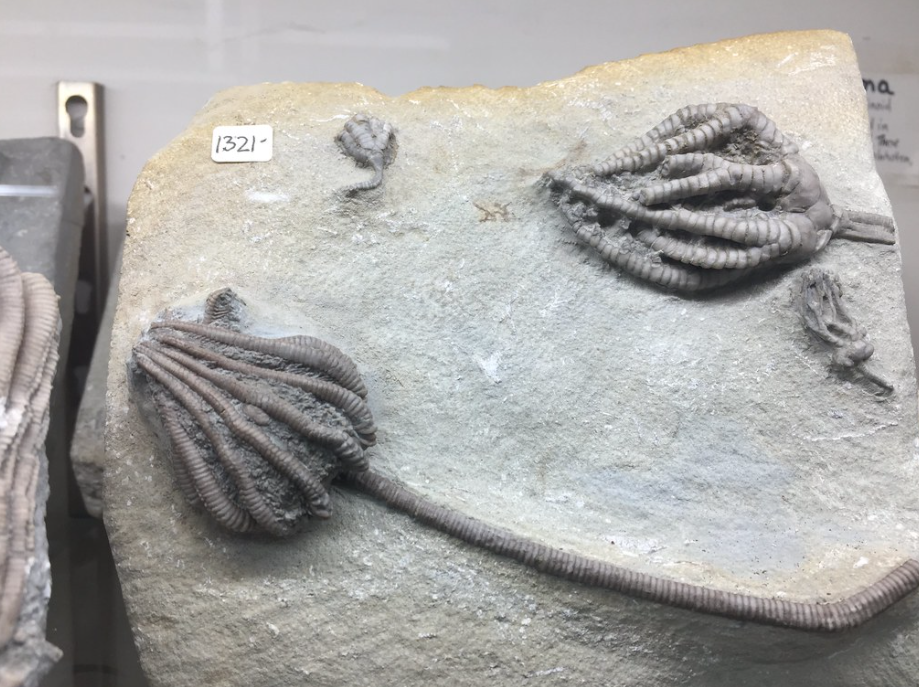
1. Anatomy of Crinoids
Crinoids consist of three main parts: a stalk, a calyx, and feathery arms. The stalk anchors them to the seabed, while the calyx houses vital organs. The arms extend outward to filter plankton and other nutrients from the water.
2. Crinoids Through Geological Time
These creatures thrived during the Paleozoic Era, particularly in the Mississippian and Pennsylvanian periods. They were abundant in shallow, warm seas, forming vast “crinoid meadows” that supported diverse marine ecosystems.
3. Modern-Day Relatives
Although crinoids peaked in diversity millions of years ago, their descendants, such as feather stars, still inhabit today’s oceans, demonstrating their resilience and evolutionary success.
See more: Fire Rainbows: A Rare and Stunning Atmospheric Phenomenon
The Crinoid Period: A Window Into Prehistoric Oceans
The crinoid period showcases a time when these ancient creatures played a dominant role in marine ecosystems.
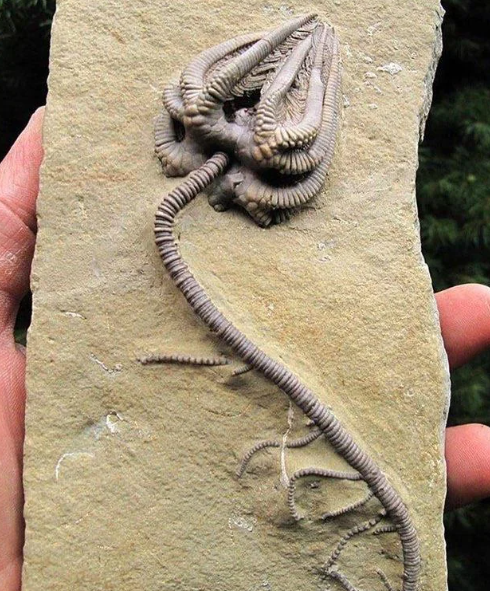
1. Fossilization of Crinoids
Crinoid fossils are widely found in limestone deposits, providing a detailed record of their structure and environment. Their intricate patterns and preservation make them highly prized among fossil collectors and researchers.
2. Ecological Significance
Crinoids contributed significantly to the biodiversity of their era, creating habitats for other marine species. Their ability to filter large volumes of water helped maintain ecological balance.
3. A Marker of Geological History
The presence of crinoid fossils in sedimentary rocks helps geologists identify specific geological periods and understand past environmental conditions.
The Beauty of Crinoid Fossils: A Visual Delight
Crinoid fossils captivate both scientists and collectors with their exquisite details and historical significance.
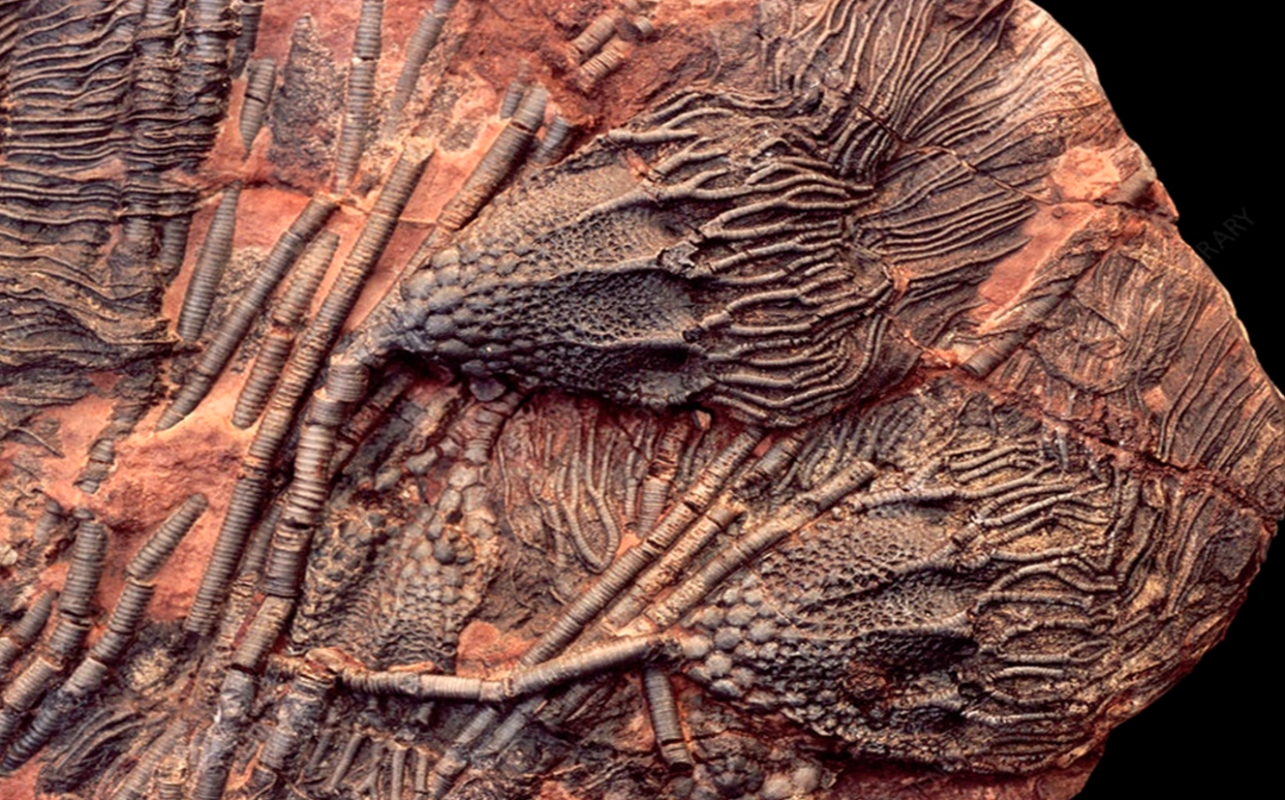
1. Artistic Patterns
The symmetrical and delicate patterns of crinoid fossils resemble natural works of art, often inspiring artists and jewelry makers to incorporate their designs into creations.
2. Fossils in Geological Sites
Notable fossil beds, such as those in North America and Europe, reveal vast deposits of fossil remains, offering a glimpse into prehistoric marine ecosystems.
3. Photography and Conservation
High-quality photographs, like those copyrighted by Golden Hour Minerals, highlight the intricate beauty of crinoid fossils, raising awareness about their significance and the need for conservation of fossil sites.
See more: Mousa Broch: A Timeless Relic of Iron Age Scotland
Crinoids in Modern Science and Culture
The study of crinoids extends beyond paleontology, influencing fields such as biology, geology, and even popular culture.
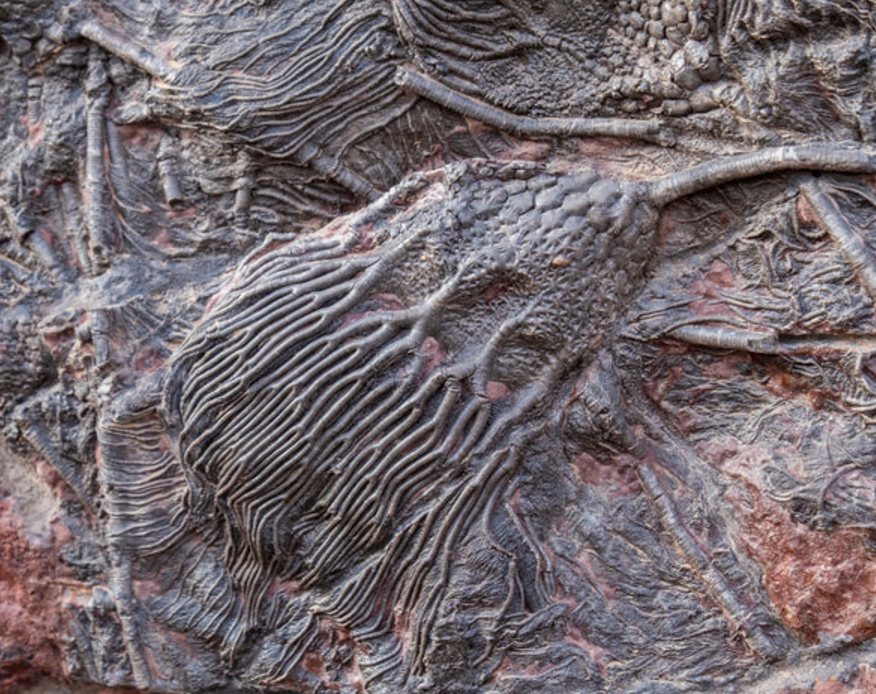
1. Contributions to Evolutionary Studies
By analyzing crinoid fossils, scientists gain insights into evolutionary processes, such as adaptation, extinction, and diversification of marine life.
2. Educational Importance
Crinoids serve as excellent teaching tools in classrooms and museums, helping students and enthusiasts understand Earth’s geological history and the interconnectedness of ecosystems.
3. Crinoids in Pop Culture
The striking appearance of crinoid fossils has inspired their inclusion in films, books, and art, further cementing their place as symbols of ancient life.
Preserving the Legacy of the Crinoid Period
Protecting crinoid fossil sites ensures that future generations can continue to explore and appreciate these remarkable remnants of Earth’s history.
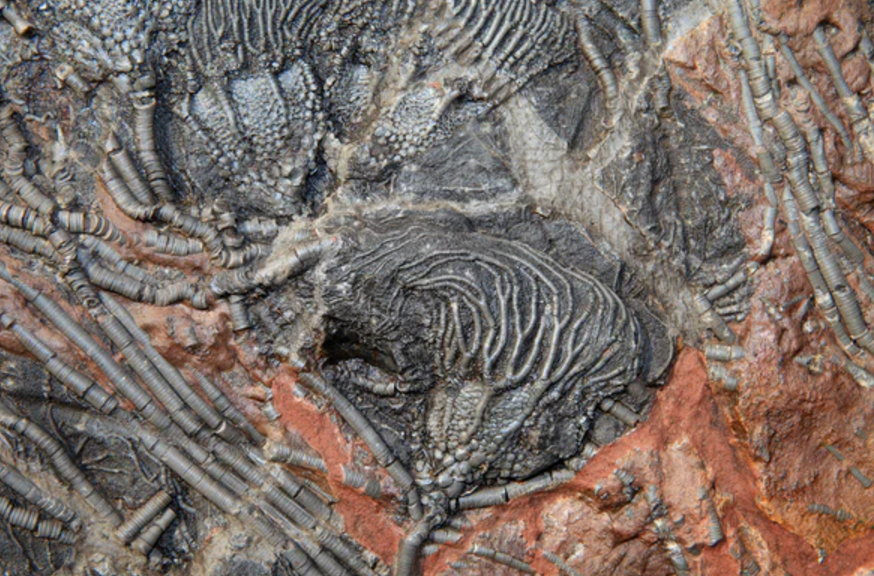
1. Importance of Fossil Conservation
Preserving fossil sites prevents the loss of invaluable scientific information and protects these natural treasures from overexploitation.
2. Responsible Fossil Collection
Collectors and enthusiasts are encouraged to follow ethical guidelines when obtaining crinoid fossils, ensuring they respect both the environment and existing regulations.
3. Promoting Awareness
Organizations, museums, and photographers, such as Golden Hour Minerals, play a vital role in educating the public about the importance of crinoids and the ecosystems they once thrived in.
Conclusion
The crinoid period offers a fascinating glimpse into Earth’s ancient marine ecosystems, showcasing the adaptability and beauty of these extraordinary creatures. From their ecological significance to their artistic allure, crinoids continue to captivate scientists, collectors, and enthusiasts alike.
Through ongoing research, conservation efforts, and public education, the legacy of the Crinoid period remains a source of inspiration and wonder, reminding us of the intricate connections that have shaped life on Earth.

CÁC TIN KHÁC
Mark Twain & Olivia Langdon: A 36-Year Love Story Filled with Laughter and Devotion
The Tollund Man: A 2,400-Year-Old Mystery Preserved in a Danish Bog
Skara Brae: Scotland’s Hidden Neolithic Village
Porta Nigra: The Hidden Depths of Trier’s Iconic Roman Gate